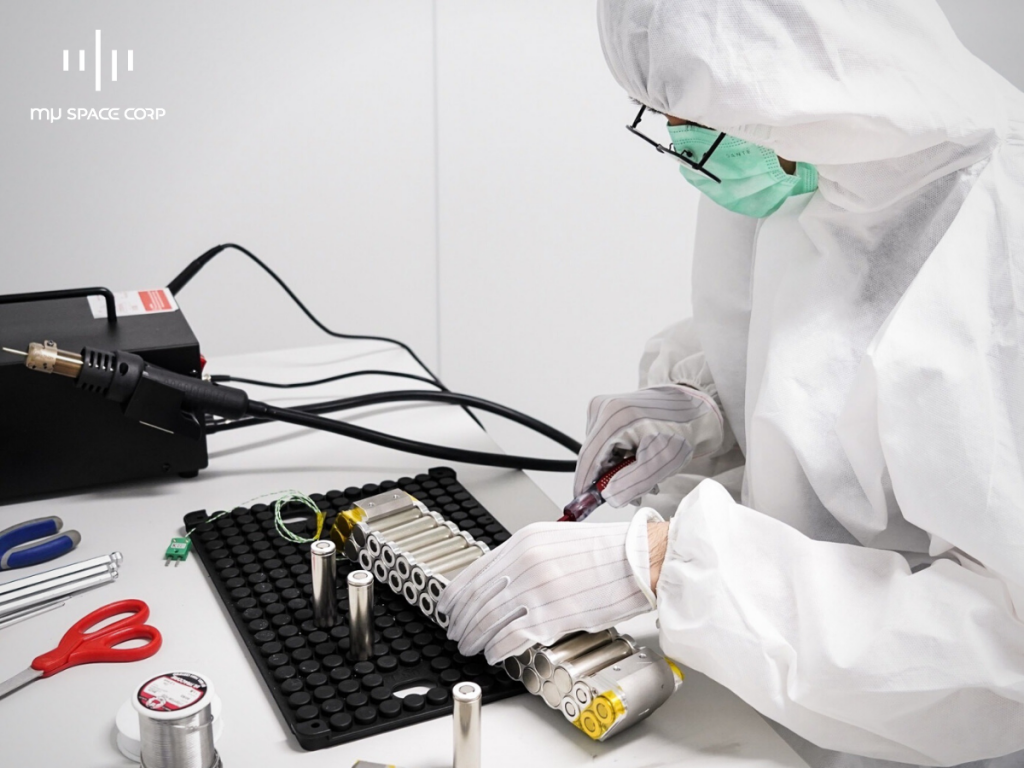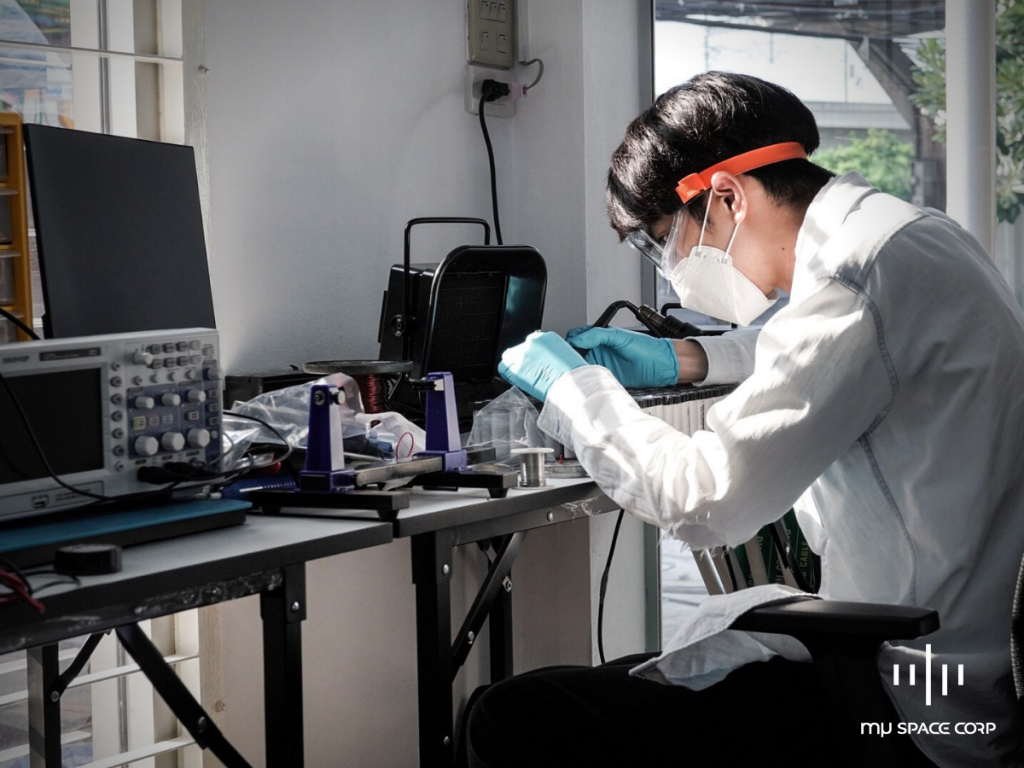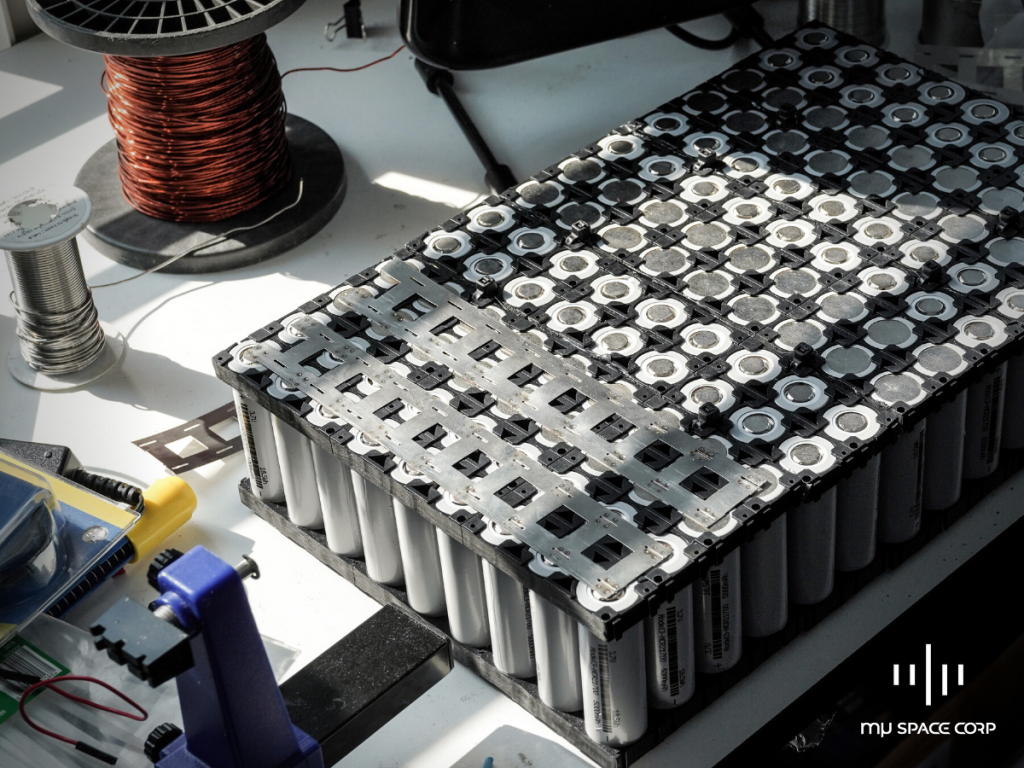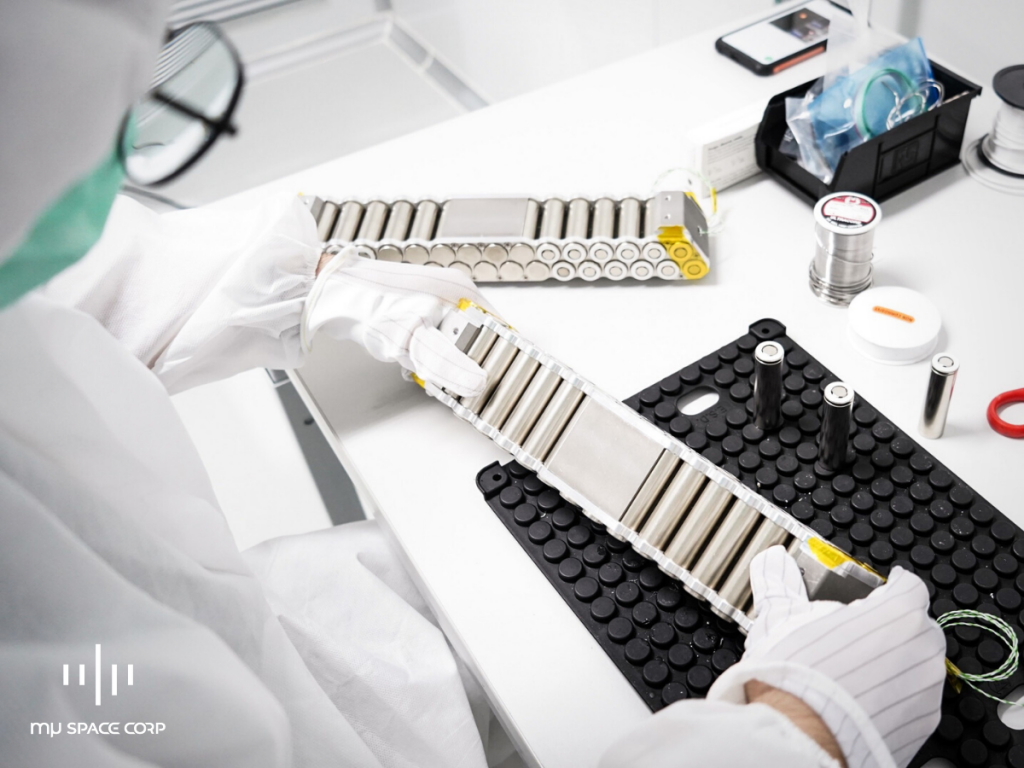Preparation is vital in space due to the lack of immediate resources up there. There are a lot of requirements to meet to be completely prepared for the journey in space. From structures needing to be built precisely and consistently, to energy sources being accessible at all times, being in space can be strenuous. However, the importance of going to space plus learning about resources in the galaxy is vital and outweighs the difficulty in getting to space.
One of the most important aspects for preparation in space is the power system. Once up there spaceships or satellites cannot come back to Earth, fuel up, and head back for space. One must be fully prepared to be in space with enough energy to last the whole mission. This mu Space post will discuss the various types of power systems and their significance to aerospace structures.





Solar Cells The solar cells in space, just like the ones used on Earth, are powered by sunlight. Solar cells work better in space due to the abundance of sunlight and without factors like clouds, the atmosphere, and nighttime. With the emergence of nanotechnology in the aerospace industry, solar cells are now even more efficient and cheaper. Nanotechnology is used to enhance solar cell efficiency, for example, through Quantum Dots. The different sizes of the Quantum Dots allow them to capture different wavelengths of the solar spectrum, consequently, enabling solar cells to absorb excess photon energy. Other uses of nanotechnology in solar cells include nanofibers and other nanoparticles, both of which are used to improve the performance of solar cells.
Mu Space assembles its solar cells in its state-of-the-art cleanroom, due to production involving nanotechnology it’s best to produce them in the cleanroom. They are then placed into the main satellite structure produced by mu Space. Solar cells generate energy, therefore are considered as a power source. The company also sells these components separately and can tailor them to fit any need related to space and the journey there.

Battery Cells Batteries used in space have to be of the highest quality, as the rigorous conditions up there can cause batteries to leak and damage. These batteries are made up of stored energy converted from solar energy by solar cells. Two types of battery cells are most commonly used in space, Ni-Cd and Li-ion.
Ni-Cd Nickel-cadmium, or Ni-Cd, in short, has been used in space structures for many years and is the older technology of the two types of batteries. Ni-Cd batteries are heavy, but cost less than other sources of energy.
Li-ion Lithium-ion, or Li-ion in short, is the innovation in the space-battery industry. These batteries are much lighter than Ni-Cd and safer as well. Li-ion batteries are rechargeable and have a significantly higher energy density. What this means is that one Li-ion battery can store twice or three times as much energy as the Ni-Cd battery. Li-ion batteries are more expensive to manufacture however, due to their lightweight, it’s cheaper to move considering logistics.

The mu Space Power System Mu Space is developing its own power system, which promises to be an innovation that would significantly help the aerospace industry. The power system consists of four major parts: power source, energy storage, power distribution and power regulation. At present mu Space is focused on the energy storage aspect of the power system. The company has taken the Li-ion battery and modified it to the point where it’s significantly better than the traditional ones in the market. The integration of nanotechnologies into the power system certainly helped enhance its structure. The most significant technological developments for the battery include the Solid State Electrolyte and Nano Silicon Composite.
Solid-State Electrolytes This innovation replaces the conventional liquids found in batteries, the solid-state electrolyte is non-flammable and can prevent dendrite effects, which is one of the main causes of battery degradation. Its high ionic conductivity provides for a better functioning battery, plus it is also safer than conventional liquids.
Nano Silicon Composite The conventional Li-ion battery uses a carbon-based anode, however, using a nano silicon composite allows the battery to expand in capacity. Carbon also has various performance limitations, therefore the nano silicon composite helps out with those aspects. This innovation not only enhances the battery performance but also gives the battery a longer life cycle.

Innovations are always happening in the space industry, as there is always a better way to get a task done. Mu Space, a leading aerospace company, continuously looks for improvement in the space industry through its products and missions. The latest innovations to the mu Space battery were all done in-house as mu Space operates with a vertically integrated strategy. The company will continue to look for improvements to excel the industry into a new realm.
Karoon Kiratiwongboone
Content Writer
Mobile & WhatsApp: +66 800697007
Email: karoon.k@muspacecorp.com








